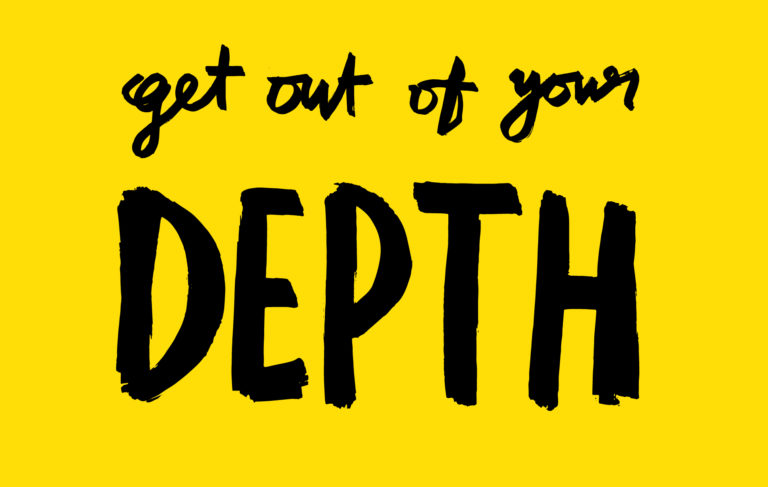Science says everyone can be creative
For much of history, creativity was characterised as a moment of genius occurring to a gifted individual. Our industry has done much to reinforce this view. Certain jobs are labelled ‘creative’. And by inference, others aren't. Typically the creative jobs are the artistic functions: art directing, graphic designing and copywriting.
Science now provides us with a better understanding of creativity. It shows that our understanding has been limited and that we could make much better use of the creative talent in everyone.
Robert Wiesberg of Philadelphia’s Temple University has used experiments and case studies since the early 1960s to show that creative thinking is in fact a process of problem solving.
What differentiates it from any other thought process is that the outcome is a creative one. So creativity is not a process, but an outcome.
Design thinking has gained a lot of prominence recently. The principle being that the thought processes used by designers can be applied to solve a wide range of problems.
Viewing creativity as a problem-solving process is something we focus on within our work and culture. Our website contains a quote from Einstein, who said that if he had 1 hour to save the world, he’d spend 59 minutes defining the problem and 1 minute developing the solution.
If creativity is a process then understanding how we apply ourselves to this process is crucial. We all have two hemispheres within our brains – often referred to as right and left. Each of these performs different functions. The left brain is verbal, logical and analytical. The right side is visual, intuitive and holistic.
Mark Beeman has researched and written extensively in this area. His work shows that there are two modes of thinking that we can apply to problem solving: insight and analysis.
Analysts tackle problems in a methodical way. At any time they can explain where their thought process is up to and what their best current thinking is.
Insightfuls produce answers through what appear to be eureka moments. But in reality these are the result of subconscious thought processes. As a result, people who think in this way either have an answer or they don’t.
People are often characterised as either left-or right-brain thinkers and indeed we all have a natural tendency towards one or the other thought processes. But we all have the capability – if nurtured – to do both. The best ideas result from applying both thought processes. Insightful thinking is best suited to idea generation. While analytical thinking is required to critique and refine ideas.
By understanding our natural tendencies, we can become more conscious about how we think and therefore how creative we are. While this is fine in theory, how easy it is in reality is a different matter.
The important thing for our industry is understanding that a scientist, engineer or strategist has as much capacity to be creative as someone with an artistic skill set. As the breadth of skills needed to build brands expands, it is vital to recognise this.
Within our own business, the creative concepting process is a true collaboration between designers, writers, strategists and clients. While everyone may not have the capability to visualise an idea, all of us have the capacity to produce the all-important moment of insight.
— RG
References:
- How To Fly A Horse: The Secret History of Creation, Invention, and Discovery, Kevin Ashton
- Imagine: How Creativity Works, Jonah Lehrer
- Want A Eureka Moment? Choose A Deadline, John Kounios, Wired – May 2016
Subscribe to Squad

Get our annual printed newspaper plus our email digests full of inspiration, thoughts, tools and the interviews.
Subscribe
Creativity happens in the shower
I’ve always had my best ideas in the shower. Or when dropping off to sleep. There’s a scientific explanation for this. One which can help us design our working practices and environments to be more conducive to creativity.

Get out of your depth
If you feel safe in the area you’re working in, then you’re not working in the right place. Go a little bit out of your depth. It won’t always feel comfortable, but that’s part of the process.


